For the last 2 days 60 people from government, non-government organisations, producers associations, business, design and media gathered to discuss the future of food. Ben Morgan was part of this unique exercise in design thinking.
May 20th, 2011
We came to Brisbane to discuss the future of food and how Australia, and particularly Queensland, can better connect rural food production with urban consumption.
The initiative came from last year’s Unlimited: Designing for the Asia Pacific, where ’Food Futures’ was identified as an important issue for Australia. The Queensland Government decided to commit to an OpenIDEO challenge; inviting people from around the world to suggest things we can do to better connect people with their food.
The last 2 days has been about brainstorming the 20 finalist ’concepts’, building on them and refining them.
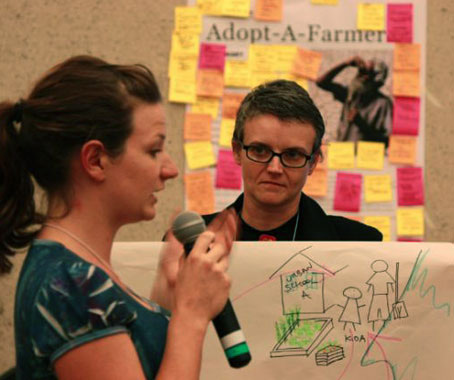
The OpenIDEO Local Food workshop was not about speakers dictating, it wasn’t about strategising a master plan and it wasn’t about designing the silver bullet that will close the gap between rural/urban or healthy/unhealthy food consumption; it was about developing ideas into actions.
For me, it was exciting to see such a diverse group of people, coming together to develop ideas and to design products, campaigns, movements and programs that could actually be put into action – most with investment from government or private enterprise.
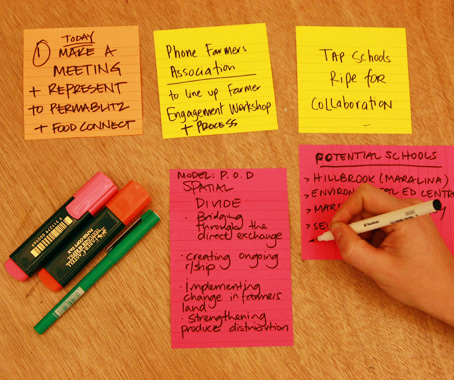
The aim of the last 2 days, what OpenIDEO calls the Refinement Stage, was not to find just one program to take forward or to have a shiny new product, but to develop the mechanics of how these concepts could be implemented – going as far as developing business models for a number of concepts.
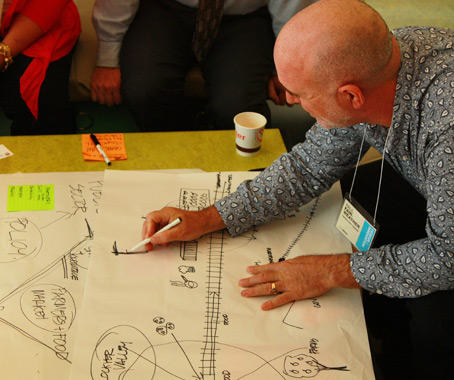
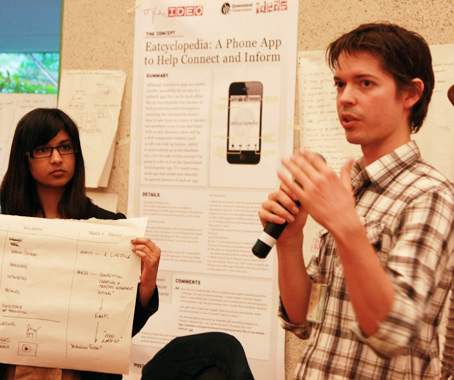
This was design thinking in action. But it wasn’t just a bunch of designers in the room, it was a large group of people who deal with food production and supply connection issues every day – all engaged in designing systems that they themselves could be using in the future.
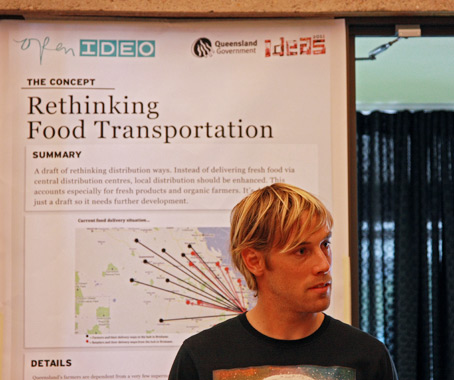
The next step will see the OpenIDEO team digest what was an intense 2 days, and develop the concepts to a stage where one or more could be presented to the Queensland Government to be made reality.
This whole exercise highlighted, what is core to IDEO’s approach, that the people best able to identify problems and to design solutions are the ’clients’ – in this case the producers, the consumers, the policy makers.
Stay updated and get involved by joining the award-winning OpenIDEO community. We’ll be bringing you more on the concepts as they go forward.
OpenIDEO
openideo.com
INDESIGN is on instagram
Follow @indesignlive
A searchable and comprehensive guide for specifying leading products and their suppliers
Keep up to date with the latest and greatest from our industry BFF's!

The undeniable thread connecting Herman Miller and Knoll’s design legacies across the decades now finds its profound physical embodiment at MillerKnoll’s new Design Yard Archives.

Within the enchanted realm of The Glade at London’s renowned Sketch restaurant sits a fairy-tale forest setting, envisaged as a fantasy of maximalist design. At its centre is a gold-detailed Herbarium of gilded glass.
indesignlive.com now has a twitter feed. You now have three easy ways to subscribe to all our news through rss, twitter and our weekly newsletter. All you need to do to sign up to any of these is to take a quick scroll to the top of any page and in the top right hand […]
The internet never sleeps! Here's the stuff you might have missed

A new book documents the city’s historic building interiors, from 1800s coffee palaces to post-war modernist spaces.
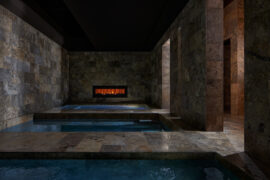
Hogg & Lamb’s Albion Bathhouse has been awarded The Health & Wellbeing Space at the INDE.Awards 2025. The project reimagines the contemporary bathhouse as an immersive architectural journey – one that restores balance through atmosphere, materiality and mindful design.